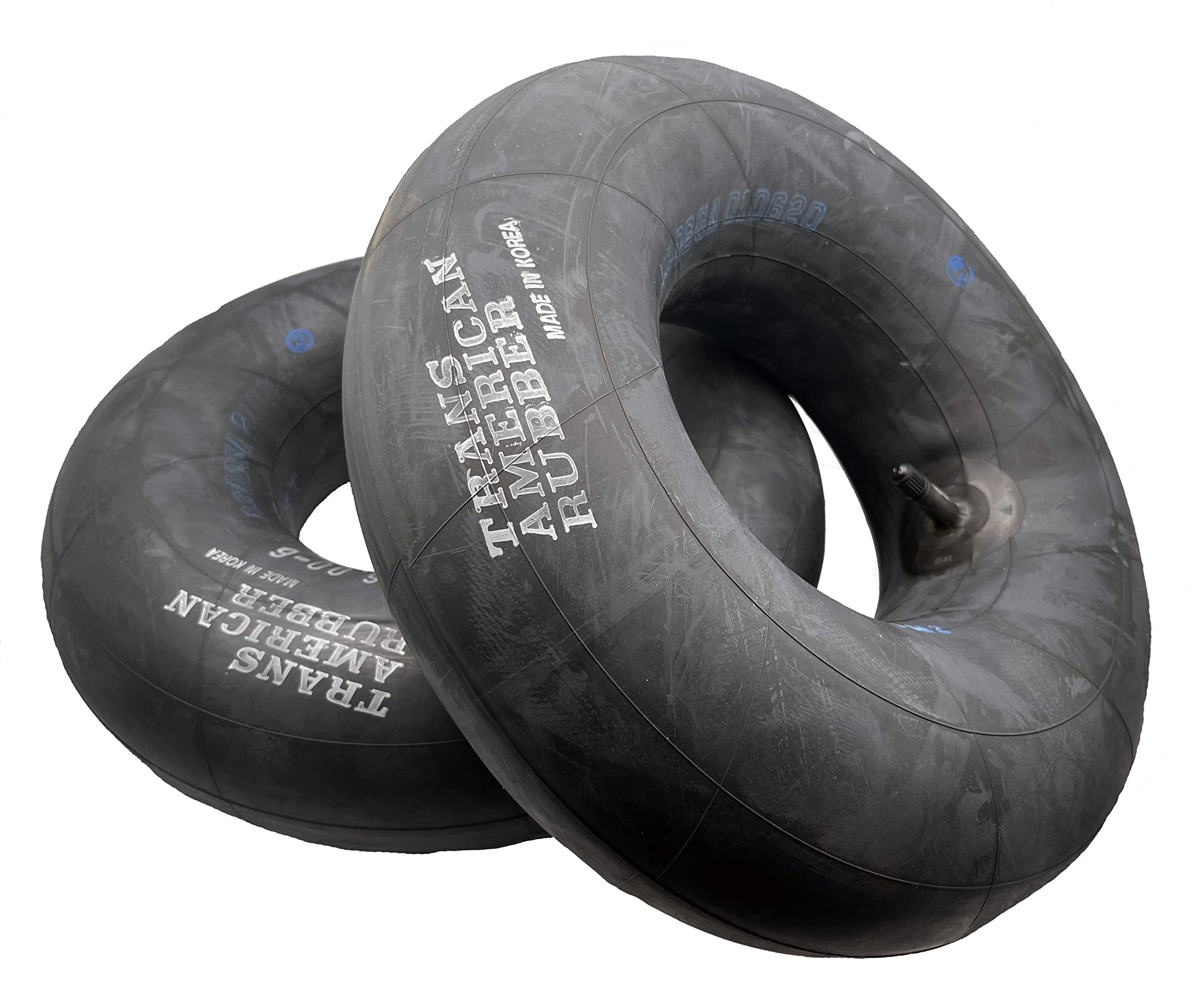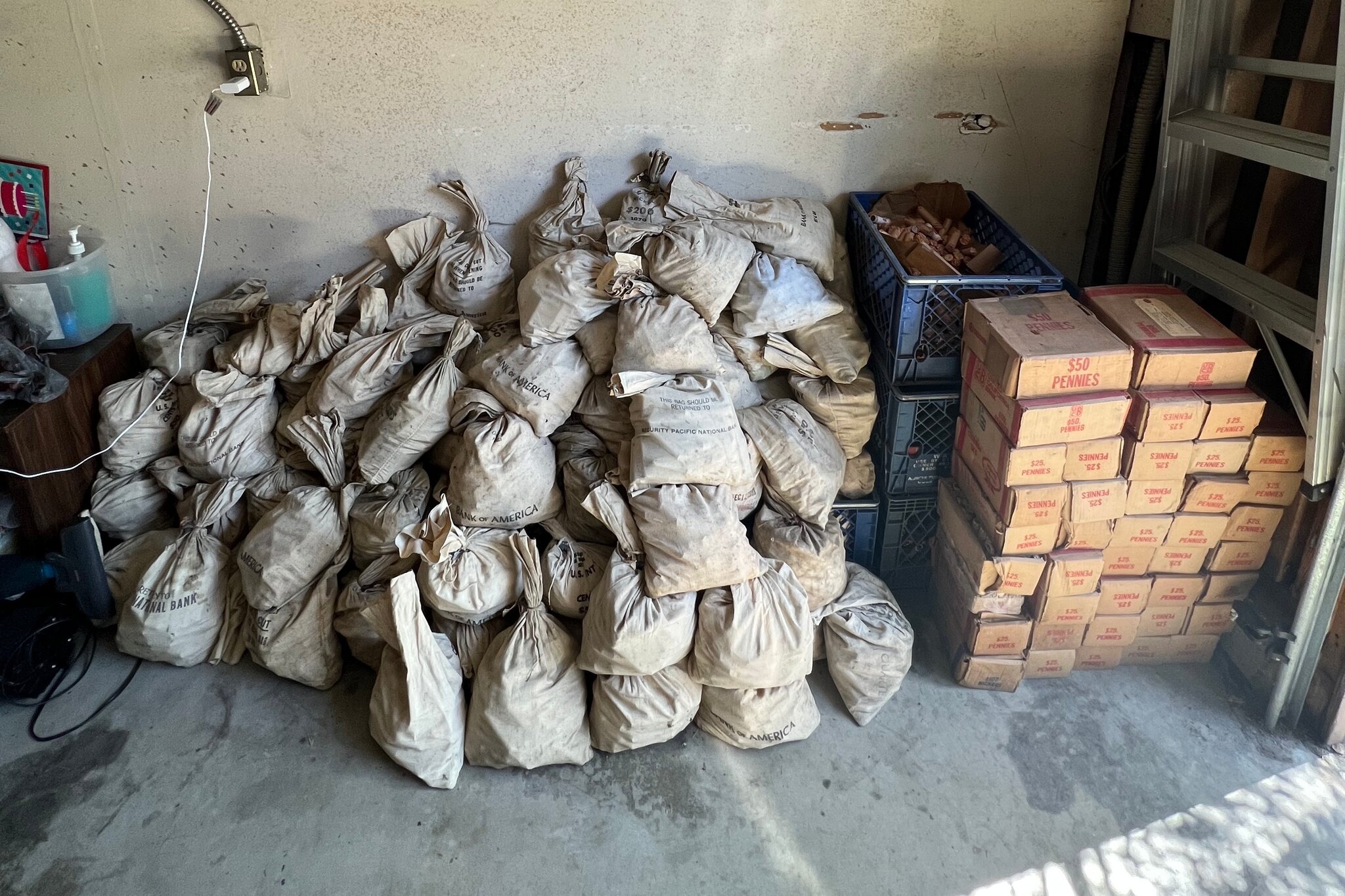Introduction to Inner Tubes
Internal tubes are essential components that provide air Inner Tubes containment and cushioning for numerous forms of vehicles and recreational equipment. They are commonly present in bicycles, vehicles, bikes, and inflatable items like share floats and stream tubes. An internal pipe is a variable, inflatable membrane usually made from rubber or other durable products, made to fit in the tire.
The History of the Internal Tube
The inner pipe has a wealthy record, relationship back again to the late 19th century when it was first produced to enhance the ease and performance of bicycles. The innovation of the pneumatic tire by David Boyd Dunlop in 1887 was a significant development, permitting a softer drive on unequal surfaces. That technology easily spread to automobiles and bikes, resulting in advancements in car design and safety. Today, inner tubes remain an essential aspect in modern transport and sport, changing in substance and technology while preserving their essential purpose.
Types of Inner Tubes
Knowledge the different types of inner tubes is essential for choosing the right one for your needs. Here is a description of the very common forms:
Bike Internal Tubes
- Products:
- Butyl Rubber: The most typical substance for bike inner tubes, noted for their durability and weight to air loss. Butyl tubes are well suited for everyday operating and are fairly inexpensive.
- Latex: These tubes are light and offer decrease running weight, making them common among aggressive cyclists. However, they need more regular inflation due to their higher permeability.
- Types:
- Standard Tubes: General-purpose tubes suited to most bicycles.
- Lightweight Tubes: Made for race, these tubes prioritize weight savings, often at the cost of durability.
- Thorn-Resistant Tubes: Heavier and more durable, these tubes are well suited for hill cycling or operating in parts with sharp things, reducing the likelihood of punctures.
Car and Bike Internal Tubes
Internal tubes are less common in modern passenger vehicles, which usually use tubeless tires. However, they’re however used in unique instances:
- Traditional Cars: Many vintage and common vehicles however depend on inner tubes for tire inflation.
- Off-Road Cars: Certain off-road and agricultural vehicles may use inner tubes for greater performance in rough terrains.
- Cycles: Much like common vehicles, several bikes employ inner tubes, specially in dirt cycles and older models.
Recreational and Specialty Internal Tubes
Recreational inner tubes serve numerous purposes:
- Swimming Tubes: Inflatable tubes for leisure in pools and streams, often made from PVC or vinyl.
- Snow Tubes: Made for cold temperatures activities, these tubes are effective and often function additional cushioning for a safe, fun drive down snowy slopes.
Choosing the Right Inner Tube
Selecting the correct inner pipe may greatly improve your operating experience. Here are important factors to consider:
Size Information for Internal Tubes
- Knowledge Size:
- Internal tubes are calculated by their diameter and width. Frequent styles for bike inner tubes contain 700c for street cycles and 26 inches for hill bikes.
- Just how to Discover the Right Size: Check always the sidewall of your tire for the size marks, generally indicated as “27.5 x 2.2” (where 27.5 is the diameter, and 2.2 is the width).
- Matching Tire and Internal Tube Size:
- It’s important to make sure that the inner pipe suits your tire snugly. An badly sized pipe may cause blowouts or crunch flats.
Substance Factors
- Butyl vs. Latex: Pick butyl for durability and simplicity or latex for performance and weight savings.
- Durability: If you frequently drive in parts with rough ground or sharp things, a thorn-resistant or larger pipe may be much more suitable.
Valve Types
- Presta Valve: A slim device commonly found on street cycles, requiring a specific push head. It is less likely to be ruined and is light than other device types.
- Schrader Valve: The exact same type used in vehicle tires, it’s larger and better to increase but may not fit all bike rims.
- Woods Valve: Less common, mainly used in older bicycles.
Installation and Replacement of Inner Tubes
Replacing an interior pipe can be a simple process in the event that you follow these steps:
Instruments Needed for Replacing an Internal Tube
- Tire Levers: To greatly help spy the tire off the rim.
- Push: For inflating the new inner tube.
- Area System (optional): For restoring punctures in place of changing the tube.
Step-by-Step Information to Replacing a Bike Internal Tube
- Take away the Wheel:
- For quick-release wheels, just unfasten the lever and eliminate the wheel. For bolt-on wheels, utilize the appropriate instrument to unscrew the nuts.
- Deflate the Tube:
- Press down on the device to produce any outstanding air.
- Take away the Previous Internal Tube:
- Insert tire levers between the tire and rim to spy the tire off. Perform your path around the tire till one side is completely free.
- Check the Tire:
- Check always the within of the tire for sharp things or damage that might hole the new tube.
- Insert the New Internal Tube:
- Somewhat increase the new pipe to offer it shape. Stick it inside the tire, ensuring the device stem aligns with the hole in the rim.
- Reinstall the Tire:
- Carefully push the tire straight back onto the rim, preventing grabbing the tube. You will need to make use of tire levers because of this step.
- Inflate the Tube:
- Inflate the pipe to the proposed stress indicated on the sidewall of the tire. Check always to guarantee the tire is properly placed on the rim.
- Reattach the Wheel:
- Position the wheel straight back onto the bike frame, securing it tightly.
Frequent Mistakes to Avoid All through Installation
- Pinching the Tube: Assure the pipe isn’t trapped between the tire and rim, which can cause a flat.
- Overinflating: Check the proposed stress to avoid coming the tube.
Inner Tube Maintenance and Repair
Regular preservation of your inner tubes may extend their life and assure safety while riding.
Fundamental Maintenance Recommendations
- Regular Examination: Check always your tires and tubes before each drive for almost any signs of wear, punctures, or damage.
- Correct Inflation: Keep the right air stress for an easy ride. Under-inflated tubes may cause houses and reduced performance.
Fixing Holes and Other Frequent Problems
- Just how to Area an Internal Tube:
- Recognize the hole by inflating the pipe and hearing for air escaping or submerging it in water to see bubbles.
- Clean the region around the hole, use the area package adhesive, and position the area over the hole.
- When to Area vs. When to Replace:
- If a tube has numerous punctures or significant wear, it’s most useful to replace it. Patching is generally suited to simple, small punctures.
Keeping Internal Tubes Precisely
- Avoid Excessive Conditions: Keep inner tubes in an awesome, dry position far from direct sunlight to stop deterioration.
- Work with a Closed Case: Maintaining tubes in a sealed bag may defend them from dust and moisture.
Inner Tube Innovations and Trends
As technology advances, inner tubes have evolved in many methods, increasing performance and sustainability.
Tubeless Tire Techniques vs. Internal Tubes
- The Benefits of Tubeless Techniques: Tubeless tires eliminate the necessity for inner tubes, reducing the danger of crunch houses and permitting decrease tire difficulties, increasing traction.
- When Internal Tubes are Preferable: In certain conditions, such as for example operating in rough terrains and for recreational purposes, inner tubes may still be much more realistic and better to repair.
Eco-Friendly and Recyclable Internal Tubes
- Sustainability Initiatives: Some makers are providing eco-friendly inner tubes made from recycled products, causing a more sustainable cycling environment.
- Recycling Programs: Try to find manufacturers that provide recycling programs for old inner tubes to lessen waste.
FAQs About Inner Tubes
- How often should I replace my inner pipe?
- Usually, if your inner pipe reveals signs of wear, regular punctures, or damage, it’s time to replace it. Regular inspections will help you measure their condition.
- What can cause an interior pipe to burst?
- Frequent triggers contain over-inflation, operating on sharp things, or incorrect installation. Regular preservation and inspections can help prevent this.
- Could it be fine to make use of an interior pipe that’s slightly greater or smaller than my tire?
- It’s most useful to make use of an interior pipe that matches your tire size closely. A significantly greater or smaller pipe may cause bad performance and increased risk of flats.
- How can I understand if I require a new inner pipe or perhaps a area?
- If the hole is small and simple, a area is sufficient. However, numerous punctures or extensive damage means you should look at a replacement.
- May I make use of a vehicle inner pipe in my bike tire?
- No, vehicle inner tubes were created for different difficulties and sizes. Always use an interior pipe created specifically for your bike.
Conclusion
Knowledge inner tubes is essential for almost any car operator or recreational enthusiast. From choosing the best type to appropriate installment and preservation, familiarity with inner tubes improves your operating experience and safety. With advancements in technology and eco-friendly options, there is more to inner tubes than ever before. Whether you’re a casual cyclist or a devoted motorcyclist, ensuring your inner tubes have been in good shape will contribute to softer rides and higher enjoyment.











Leave a Reply